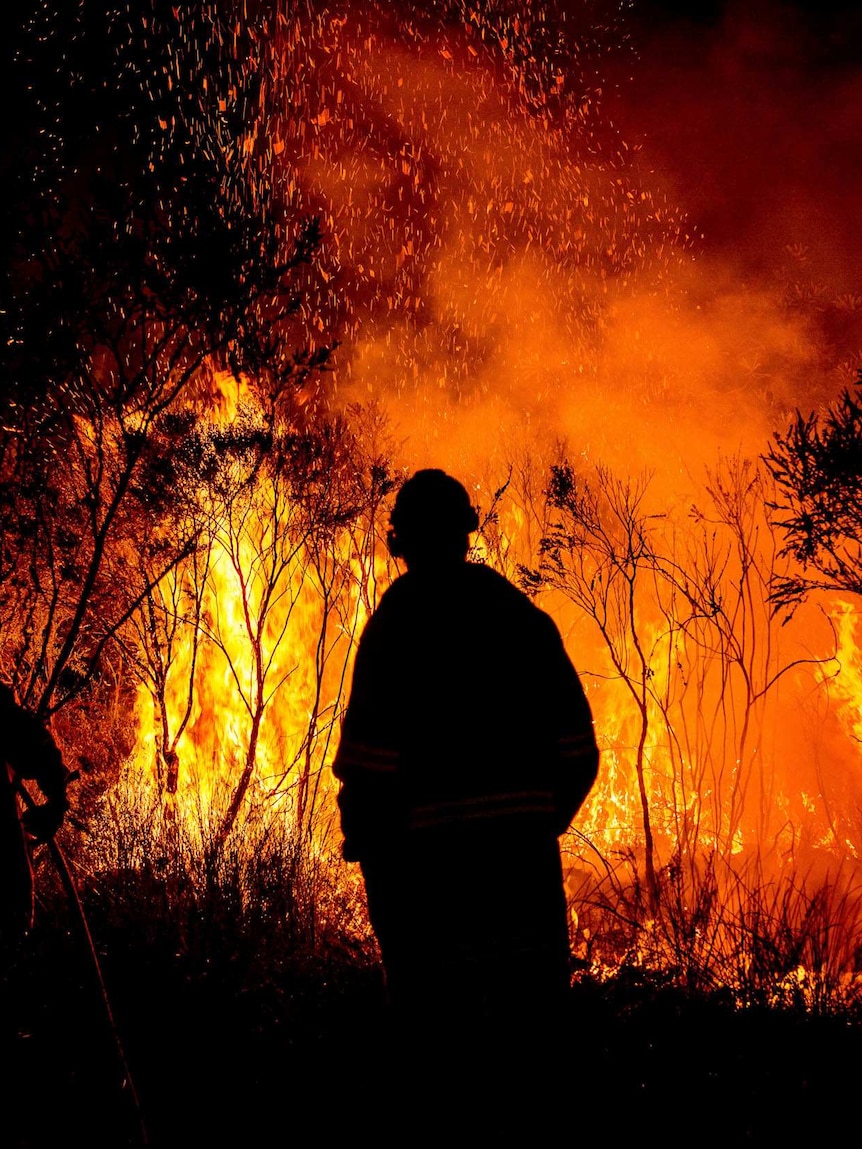It’s been a summer of extremes across the northern hemisphere — now the Bureau of Meteorology has released its severe-weather outlook, flagging an increased risk of heatwaves and bushfires, but fewer cyclones for the season ahead.
October to April is the peak time for flooding, tropical cyclones, heatwaves, bushfires and severe thunderstorms.
Here’s what’s expected for the season ahead.
Fewer tropical cyclones
Based on the long-term average, Australia has 11 tropical cyclones a year, four of which cross the coast.
In recent decades, however, that number has decreased. Since 2000, the average number of tropical cyclones that form in a season has reduced to nine, according to the Bureau.
This year, the overall number of tropical cyclones across Australia is expected to be smaller than normal, with a delay to the first significant rains of the wet season also expected.
But Andrew Burton, who heads the Bureau’s tropical cyclone team, said that doesn’t mean Australians are off the hook.
“Australia has never had a season without at least one tropical cyclone crossing the coast since reliable records began in the early 1970s,” he said.
“Across Australia we had a below average number of cyclones impact the coast in the last tropical cyclone season but saw two significant events in Western Australia.”
This included ex-tropical cyclone Ellie, which inundated WA’s Kimberley region, resulting in the state’s worst-ever flooding.
Emergency services have urged people in northern Australia to make sure they are on top of their planning and preparations for the season ahead, with enough water and food for five days in case communities became cut off.
The Bureau’s WA manager James Ashley said there is also a new cyclone forecast system in use, which shows the public the probability of a tropical cyclone developing for seven days ahead, rather than three, as well as the likely location of any significant systems.
“So all the way out to seven days, you’ll see not only whether it’s low, moderate or high risk, but also where that is geographically,” he said.
Heatwave and bushfire high alert
It’s a different story for heatwaves, with the Bureau warning of an increased risk of heatwaves and bushfires for the season.
The Bureau said the forecast showed a “high chance of unusually warm temperature for most of Australia until at least 2024”.
It also said there is an increased risk of bushfires for much of eastern and southern Australia, due to hot and dry conditions, combining with high fuel loads.
“There is always a risk of dangerous and destructive fires in Australia at this time of year,” senior meteorologist Sarah Scully said.
“Grass growth due to above average rainfall in the past two to three years is contributing to an increased fire risk.”
In its spring bushfire outlook, the Australasian Fire Authorities Council (AFAC) identified large parts of the Northern Territory, Queensland and New South Wales, as well as some parts of Victoria and South Australia, as having a heightened risk of bushfires.
The Bureau of Meteorology said the onset of El Niño is playing a role in the outlook, as is a positive phase of the Indian Ocean Dipole.
‘Normal’ risk of severe storms, floods
This year’s outlook marks a very different picture to the last three, which were dominated by wet conditions under the influence of La Niña.
This year, the Bureau has projected a “normal” risk of severe storms and flooding.
Ms Scully said while conditions are likely to be drier than normal, there is still a risk of riverine and flash flooding where storms bring heavy rainfall.
She said thunderstorm asthma is also a risk.
“Thunderstorm asthma can be triggered by thunderstorms after high grass growth in southern Australia from October to December, when pollen levels are highest,” she said.
Loading…
Posted , updated




